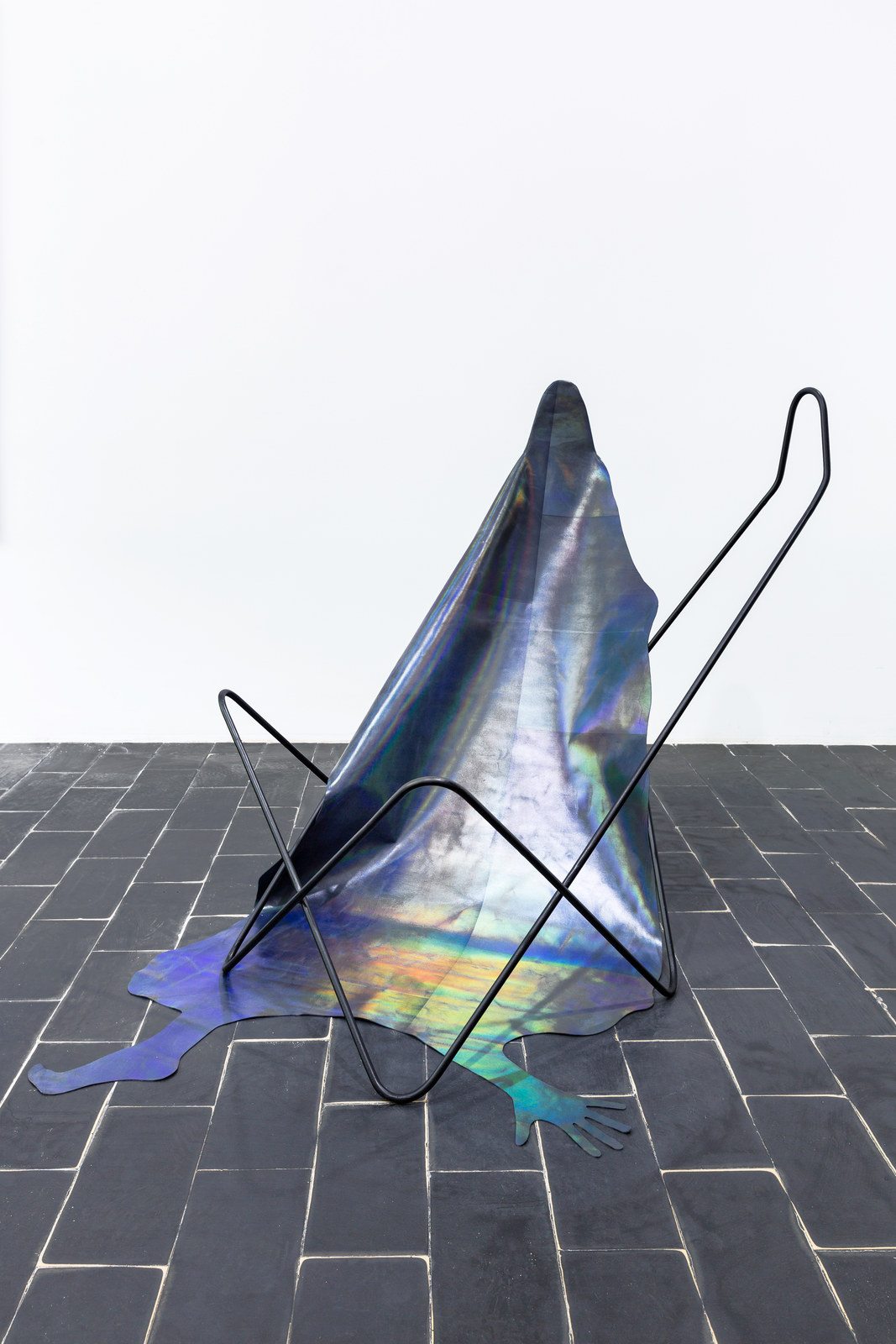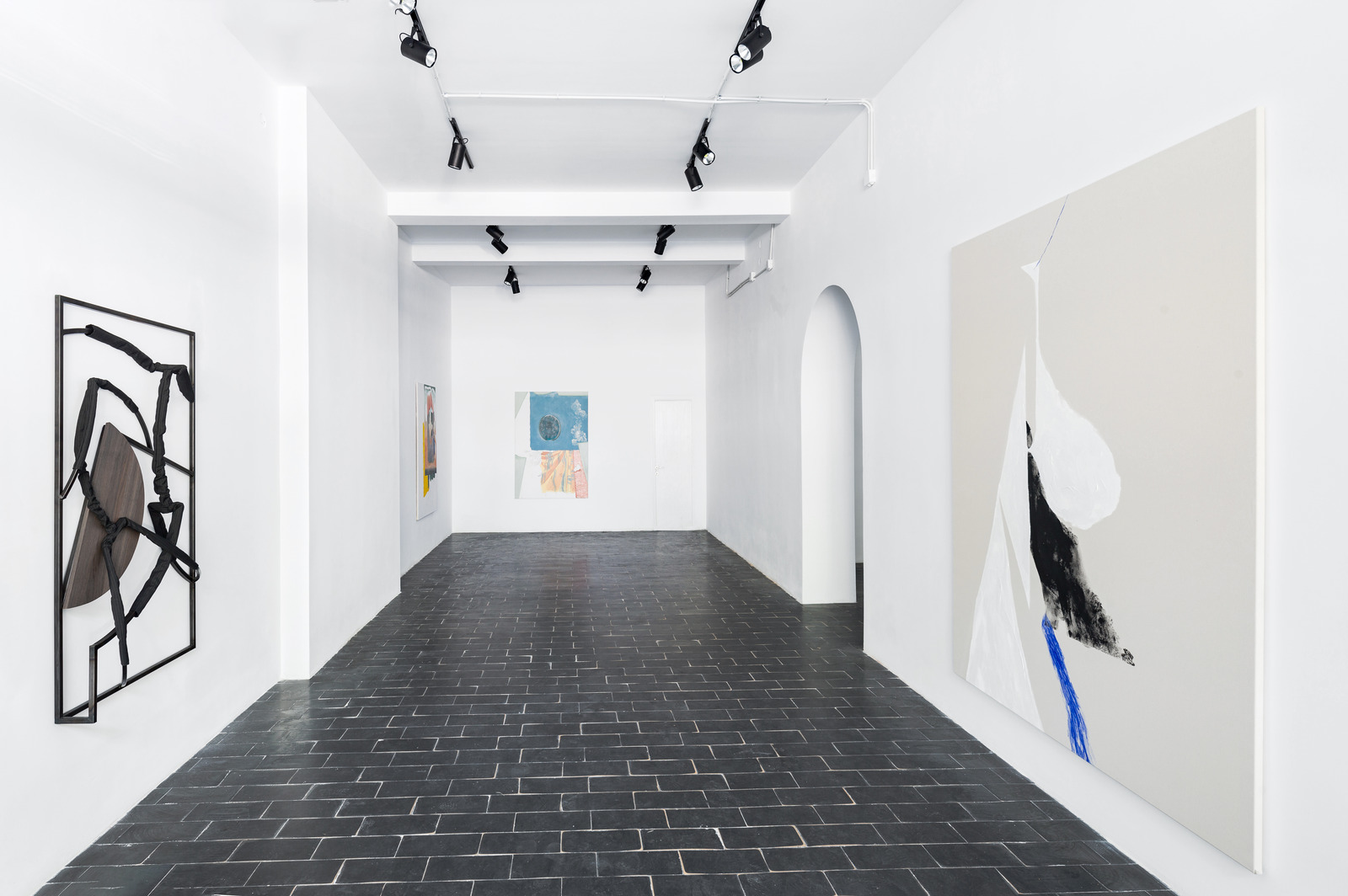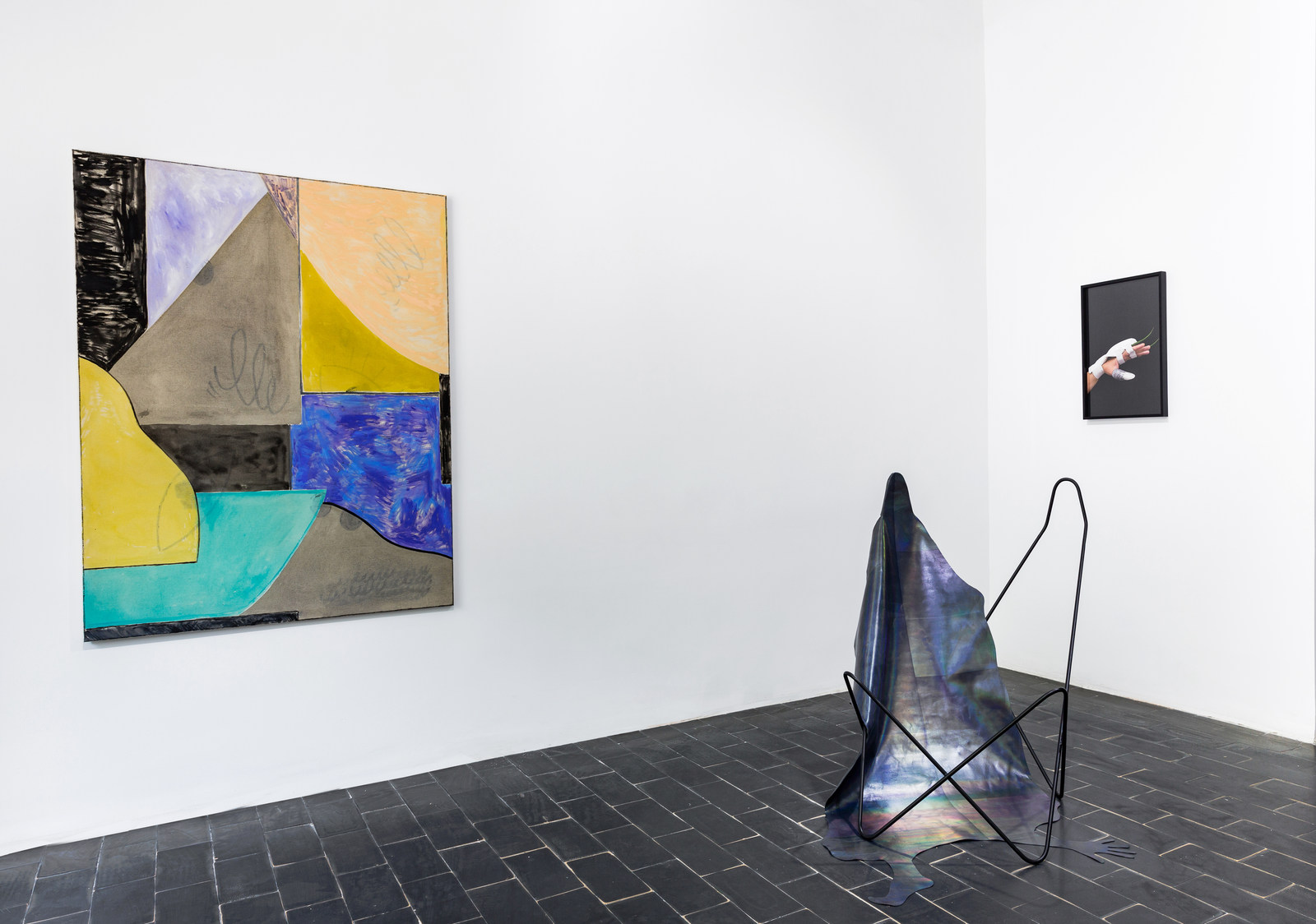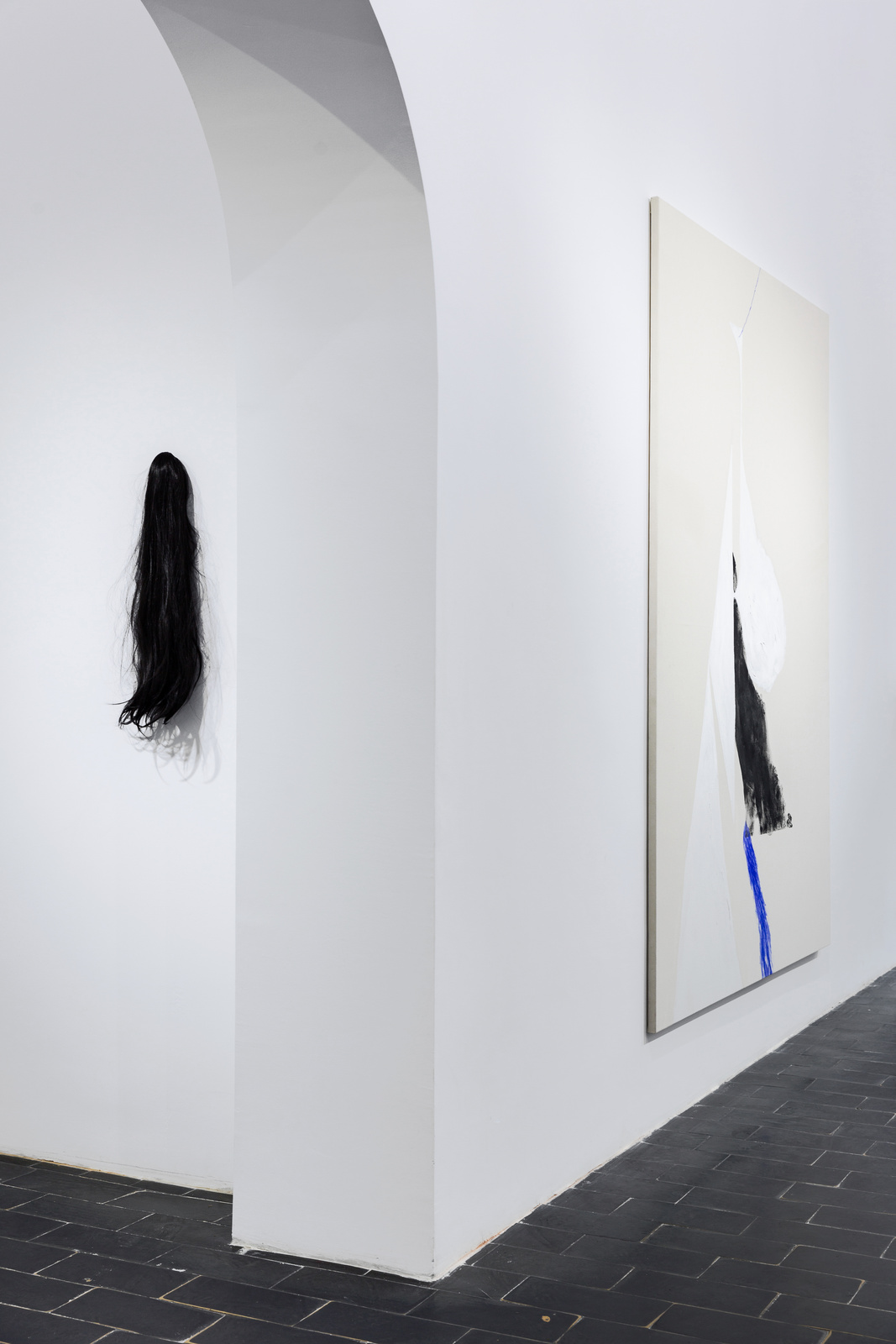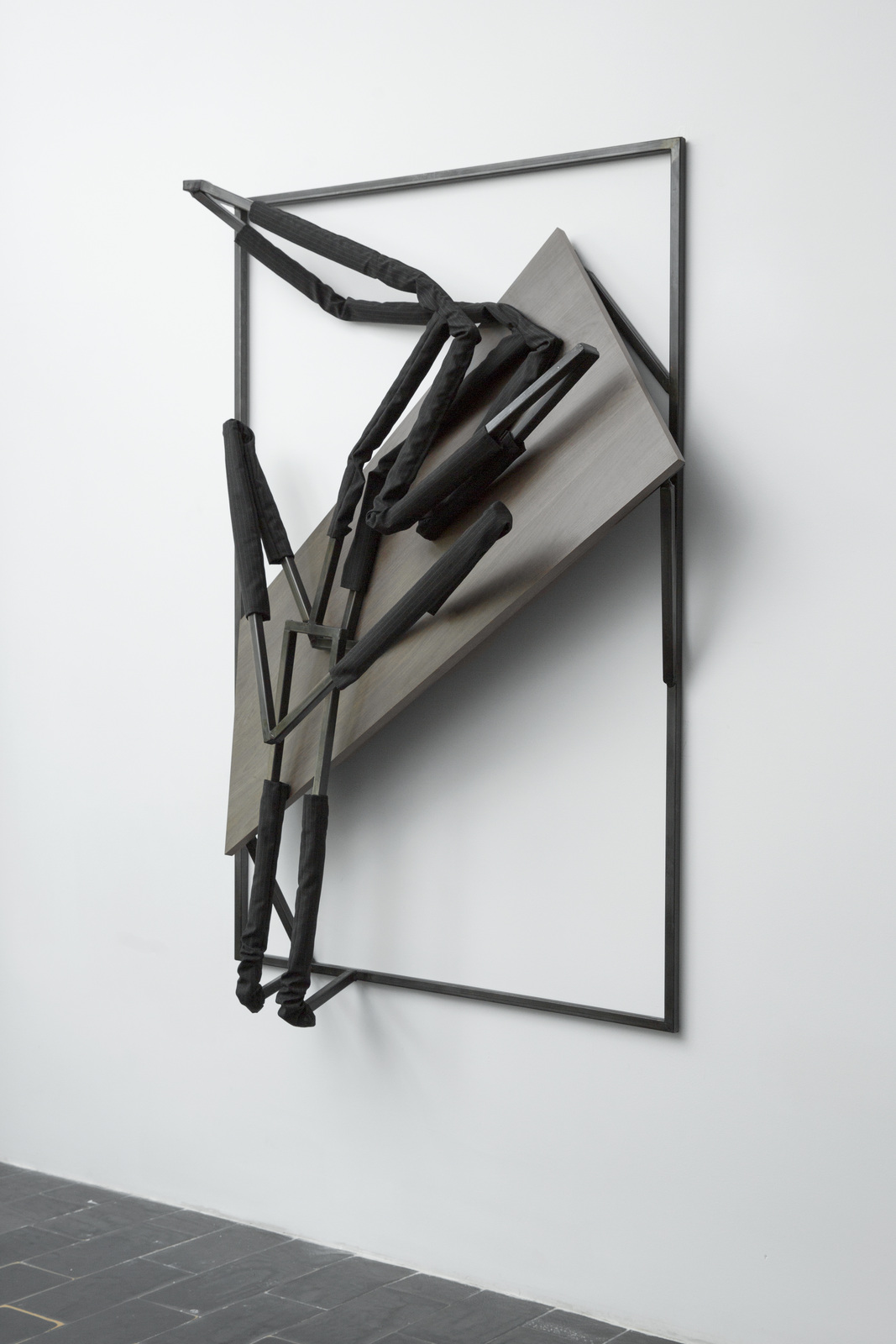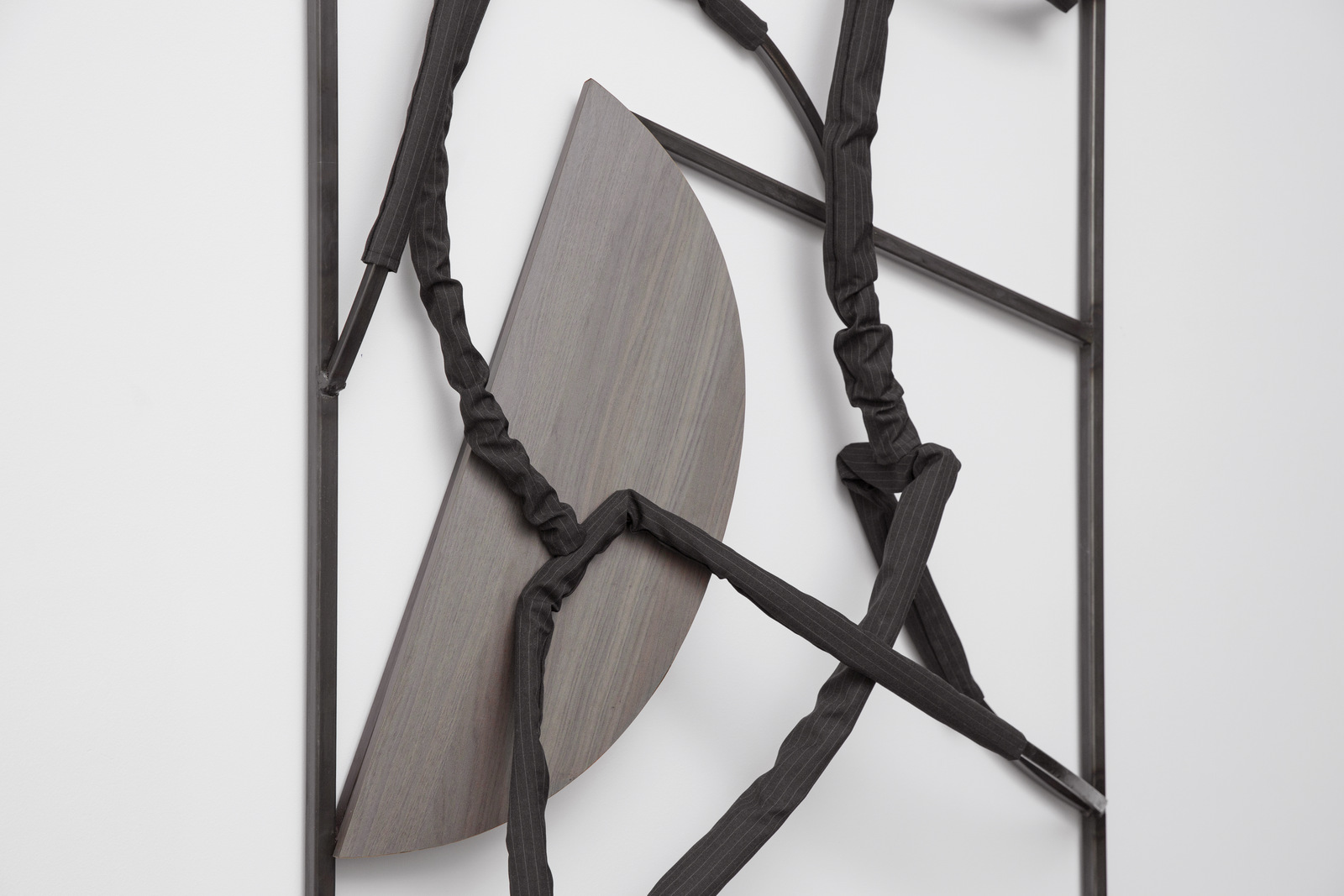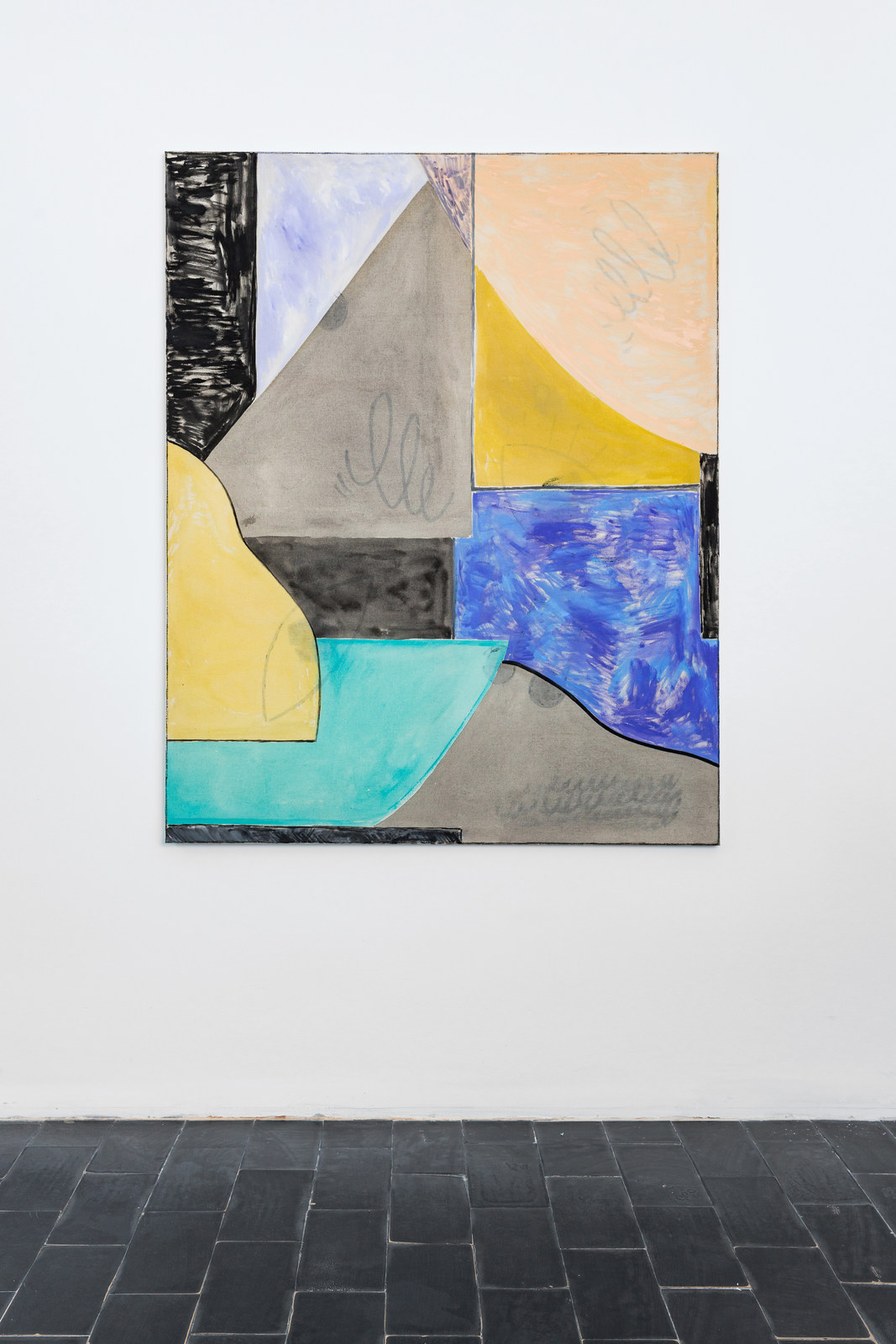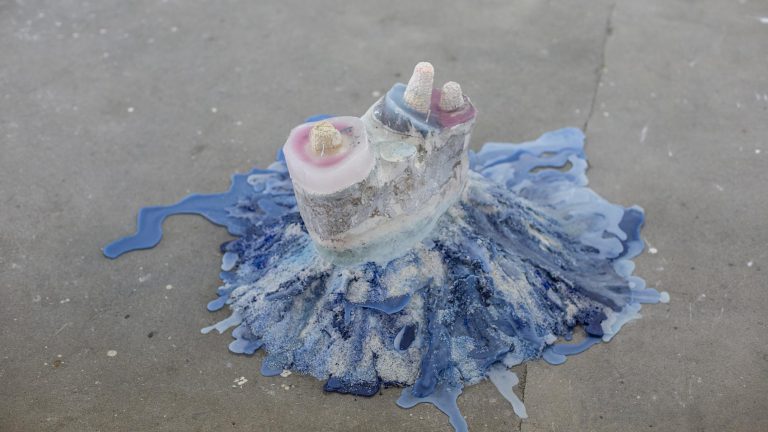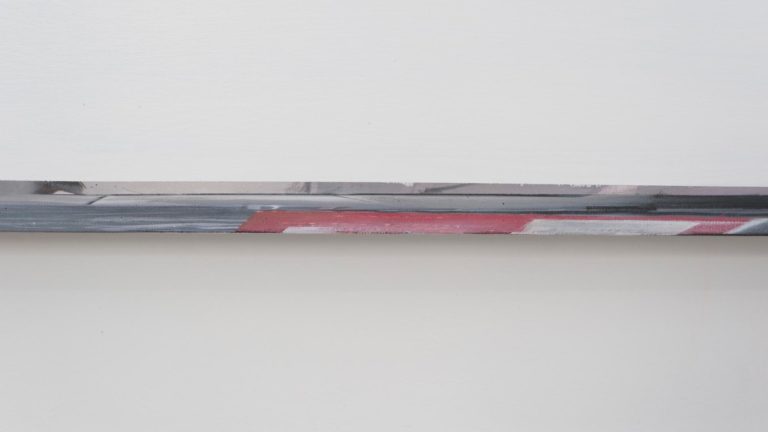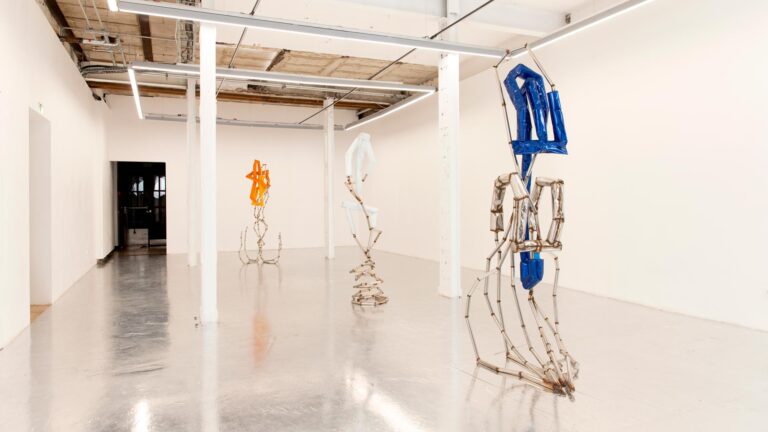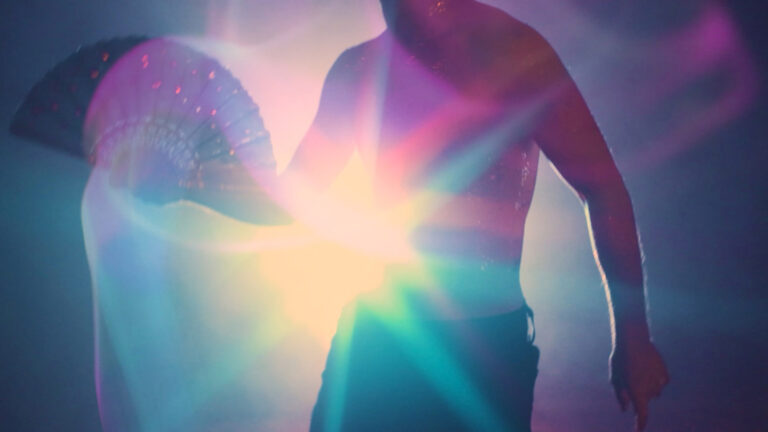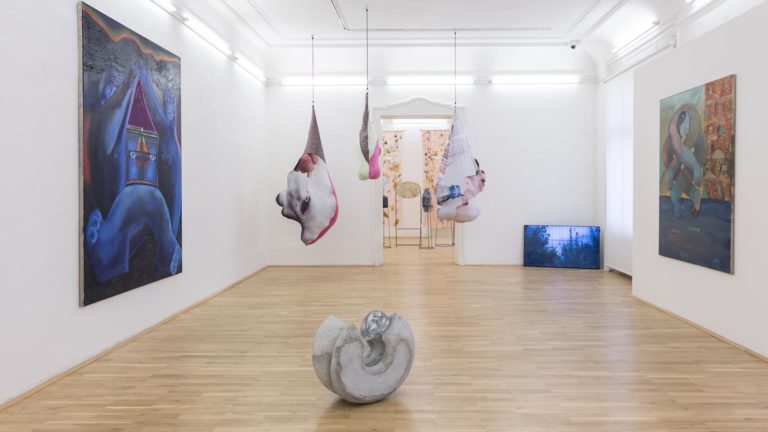Artists: Christophe de Rohan Chabot, Zoé de Soumagnat, Indriķis Ģelzis, Nona Inescu, Édouard Nardon, Thomas Sauter, Titania Seidl
Exhibition title: Monsone
Curated by: Domenico de Chirico
Venue: Suprainfinit, Bucharest, Romania
Date: July 20 – August 20, 2017
Photography: all images copyright and courtesy of the artists and Suprainfinit, Bucharest
«The man with windswept hair symbolises the Air»
Matilde Battistini, Simboli e Allegorie, Milano, Electa, 2002, pp. 204-5
The name Monsone derives from the mawsim Arabic which means “season.” This perfectly reflects the seasonal character of these great moving air flows that have a profound influence on the climate.
Christophe de Rohan Chabot.
Object – Image
Image – Sign
Object – Sign
How (far) an object is an image of memory?
How (far) an object is a sign/an image?
Christophe de Rohan Chabot born in 1986 in Paris. He lives and works between Paris and Berlin. Spent the year 2016 in Brussels doing the WIELS residency. Recent presentations of his work include: Shanaynay, Paris (with Willem Oorebeek); TG, Nottingham; Exile Gallery, Berlin (solo); Autocenter, Berlin (solo); Gaudel de Stampa, Paris (solo). In October 2017, he will take part in «something stronger than me», a group show at WIELS (Brussels).
Zoé de Soumagnat.
In the work of Zoé de Soumagnat, these two dimensions – society against intimacy, lightness against texture, figure against background – come together to represent the heterogeneous complexity of a desire passing in a continuous rhythm from image to sculpture, from dream to reality. Here geometric abstraction slides menacingly towards representation; light textures (rubbed, brushed, transparent) penetrate deep blacks while overlaid images float like screens across the canvas, souvenirs of art and painting. Meanwhile the references to comic-book lines, to the urban strokes of neon signs, to the flatness of textile motifs and to feminine archetypes become channels for a seriousness, an anguish and a black irony.
Zoé de Soumagnat was born in 1987 in Paris where she lives and works. She graduated from the Ecole Nationale Supérieure des Beaux-Arts in Paris and the Royal College of Art in London. She had a solo exhibition at Galerie Jeanrochdard, Brussels, in 2015 and recent group shows include L’odeur des sentiments, Hypercorps, Brussels, That Feeling, Eduardo Secci Contemporary, Florence, Le Domaine Enchanté, Galeria Acappella, Naples. Her next solo show will be at Last Resort Gallery in Copenhagen in August 2017.
Indriķis Ģelzis.
We live in an era of social technology, where the manufactured technical equipment is associated with cognitive capital. Technology, which acquires qualities of human labour – efficiency, intelligence, wisdom, communication, etc., is transformed into fixed capital of machinery. The new achievements, such as additive manufacturing, package delivery by drone or Tesla Autopilot, attest to a more automated and computerized future. The world is being rebuilt to communicate with itself, as well as to communicate without the assistance of human consciousness.These wall-based sculptures find themselves in a constant flirtatious mode with graphic statistics, which cover the society as a whole, allow one to compare and contrast social observations, and, as a result, make it possible to draw conclusions and make predictions.By designing these models, which also mark the cartographic contours, they serve as local phenomenology, derived from global social structures. Incarnating these linear metal sculptures with fabric fragments, they communicate with their body language or gestures, depicting emotions and function, physical activity or posture. As a result, these abstracted headless figures, reflect upon the mind’s independent structure or reality, which attests to a programmed process, which results in a mechanical or daily situation.
Indriķis Ģelzis (*1988) received his Masters degree from the Visual Communications department at the Art Academy of Latvia (2014) and graduated from the HISK (Hoger Instituut voor Schone Kunsten) Higher Institute for Fine Arts, in Ghent, Belgium (2016). Recent solo-exhibitions: “Sky’s The Limit” at Hole Of The Fox, Antwerp, Belgium; “Tastes Like Headaches” Indrikis Gelzis and Adam Cruces together with Louisa Gagliardi at kim? Contemporary Art Centre, Riga, Latvia; “Two Unexpected Visitors”, National Art Museum of Latvia – exhibition hall Arsenal; recent group exhibitions: “Wholesome Environment” at Lundgren gallery, Palma, Spain; Form Cannibalism at the The Stable, Waregem, Belgium, “Influx” ERA VI VII VI, New York and others.
Nona Inescu.
Seasonal changes determine life-cycles. Pupae are inactive, and usually they stand still. However, the pupae may be exarate (have movable legs, wings, antennae) or obtect (covered in a hard case with the legs and wings attached immovably against the body). They have a hard protective coating, somehow like a shell, and often use camouflage to evade potential predators. Having emerged from the chrysalis, the butterfly will usually sit on the empty shell in order to expand and harden its wings.
Nona Inescu (*1991, Bucharest, Romania). After studying at the Chelsea College of Art & Design in London (2009-2010) and at the Royal Academy of Fine Arts in Antwerp (2010-2011), Nona Inescu has completed her studies in 2016 at the National University of Arts in Bucharest. Recent solo exhibitions include: ‘Conversation with a stone’, SpazioA, Pistoia (2016), ‘Her latent image’ (2016), Kube, Bucharest and ‘Hands don’t make magic’, Sabot, Cluj-Napoca (2015). Her work has also been included in group exhibitions including: ‘Grotto Capitale’, Exile, Berlin (2017), ‘Gestures of Tomorrow’, Kunstverein Nuernberg – Albrecht Dürer Gesellschaft, Nuremberg (2016). Her art practice is interdisciplinary and encompasses photography, object, installation and video, works that incorporate poetic, historical references and challenge conventional ways of viewing and thinking and open up new possibilities for deciphering ‘The Symbolic’. Her artworks can be described as interweaving sensorial and conceptual qualities. Her most recent work focuses on the human interaction with natural and primitive materials.
Edouard Nardon’s body of work explores notions of temporal perspective and confinement. By abstracting motifs and objects into reconfigurations, Nardon’s sculptures formalize the analogies of a prison cell. Nardon accesses penitential austerity and transcends necessity by using the objects desired and imagined by a prisoner, as foundations to propose final structures that are released of their functional substance. The objects that come to fruition are things that exist in the free world, reinvented as behind-bars mutations of themselves, then compressed to the limit of their symbolic power. In the allegorical plane, Nardon draws parallels between the state of captivity and the iconography of the Hanged Man from the Tarot de Marseille. Many of Nardon’s objects occupy a mental space and relate to the notion of routine —especially that of someone held captive. Can routine dissolve substance? Nardon’s use of soap deftly reconciles the relationship between material, memory and temporal dimensions.
Édouard Nardon (b.1978) is a French visual artist based in New York City. His work has been shown at White Box gallery (New York), E.O.C.(New York), Heaven gallery (New York), P. Projects (Miami), Lily Robert (Paris).
Thomas Sauter.
Larifari
Täglich leben
Coming though in waves
I know what you did last summer
If you’re looking for a straight line go to the sea
Thomas Sauter (*1984, Chur, Switzerland. Lives and works in Zürich, Switzerland). BFA, ZHdK, Zürich and MFA, Zürcher Hochschule der Künste (ZHdK), Zürich. Solo exhibitions include: If you‘re looking for a straight line go to the sea, Galerie Maria Bernheim, Zürich; 0° Celsius, Val Masino; Thomas Sauter im Pavillon der Ruhigen, Pavillon der Ruhigen, Zürich; Schlupfkluft, with Cédric Eisenring, Taylor Macklin/ Plymouth Rock, Zürich; 04-12-2014-05-24-2014, Karma International, Zürich; Yesterday is HIstory, Tomorrow is a Mystery, and Today is a Gift, Karma International, Zürich; Take Me Away, Johan Berggren Gallery, Malmo; Fragrance of Fragmence, New Jerseyy, Basel. Group exhibitions include: ARCHIV – 80 JAHRE BÜNDNER KUNST, Bündner Kunstmuseum, Chur; Immagination of Nature, Gebert Stiftung für Kultur, Raperswil; NERO Magazine, MAXXI, Rome; Hairy Plotter and the Polygrapher‘s Tones, Toves, Copenhagen; A Form is a Social Gatherer, Plymouth Rock, Zürich; Counting Aporia, Gebert Stiftung für Kultur, Rapperswil; Space is the place, NERO Edition, Basel; How do you solve a problem like Maria, Zürich; Guyton Price Smith Walker, Plymouth Rock, Zürich; Cattedrale, Istituto Svizzero, Rome; Doom, Eichhalde 16, Zürich; Some Europe in Texas, Marfa, Texas; Twisted Sisters. Reimaging Urban Portraiture, Museum Bärengasse, Zürich; among others.
Titania Seidl.
I constantly look, my eyes see what’s around me – but a lot of the time, what I see is not an object, but the representation of an object mediated by devices, filters, another person’s gaze rather than my own. Or, when I look at paintings, drawings, by another person’s hand. When I paint my thoughts revolve around the gap between reality as it is and the way we perceive it – the way fantasies and stories and history and tradition influences the way we see. Could that gap not be used to change the world as it is, to create some kind of new utopic vision? Could it not lead to something new and truly exciting that is unspeakable? In some way, painting is an appropriative activity: You take something from the world and by moving your hand across the canvas, you make it your own. I try to peel away those devices, filters, gazes that have stepped between me and the object of my interest. I paint it carefully, lovingly, and therefore make it entirely my own. I can reconfigure the world around me by putting paint on a canvas, I can bring together objects, structures from different times and places and have them interact – the outcome of this interaction is, however, open ended. The narratives that the combination of the motifs creates on the unifying painterly surface are as individual to the viewer regarding the paintings as they are unexpected to me.
Titania Seidl was born in 1988, she lives and works in Vienna. In addition to her artistic practice, she teaches at the University of Applied Arts and runs, together with Lukas Thaler, the art space MAUVE. Exhibitions (selection): Salzburger Kunstverein, Salzburg; Club Pro, Los Angeles; Drop City, Newcastle; Tim Nolas, Vienna; we are hercules, Munich; MUSA, Vienna; mo.ë, Vienna; well well well, Vienna; AIRY, Kofu; Collection Lenikus STUDIOS, Vienna; Je regrette, Berlin; Vane Gallery, Newcastle.
Indrikis Gelzis, Sex on the table, 2017, metal, textile, furniture plate, 150 x 100 x 35 cm
Indrikis Gelzis, Sex on the table, 2017, metal, textile, furniture plate, 150 x 100 x 35 cm
Indrikis Gelzis, Foreplay, 2017, metal, textile, furniture plate, 150 x 100 x 25 cm
Indrikis Gelzis, Foreplay, 2017, metal, textile, furniture plate, 150 x 100 x 25 cm
Titania Seidl, The painter & The Rectangle (It will be good for you, they said, you will learn what the surface is and what it isn’t), 2017, oil on canvas, 160 x 110 cm
Titania Seidl, The painter & the Rectangle (Of course I always dreamed about being more desirable, but I’d never actually transform my own body, it’s all I own), 2017, oil on canvas, 160 x 110 cm
Edouard Nardon, Arcane XII #17, 2015, Peinture industrielle et pigments sur toile, 225 x 175 cm
Christophe de Rohan Chabot, Untitled 3, 2016 Fake hair, 70 x 10 x 10 cm
Thomas Sauter, Unititled, 2017 Oil on canvas Diptych – 190 x 300 cm 74 3/4 x 118 1/8 in Each panel – 190 x 150 cm
Zoe De Sougmanat, Dizzy, 2017, oil and acrylic on canvas, 150 x 120 cm
Nona Inescu, Morpheus, 2017, Welded iron structure, coated leather, 82 x 86 x 80 cm
Zoe De Sougmanat, Lone, 2017, oil and acrylic on canvas, 150 x 120 cm
Nona Inescu, Defense, 2017, Archival print on Hahnemuhle paper (framed), 40 x 60 cm

